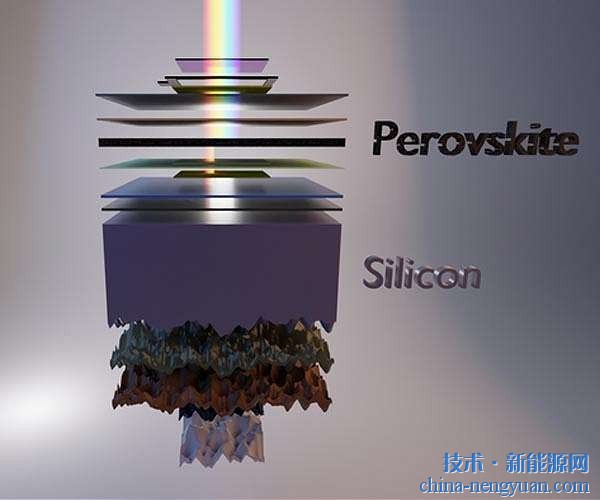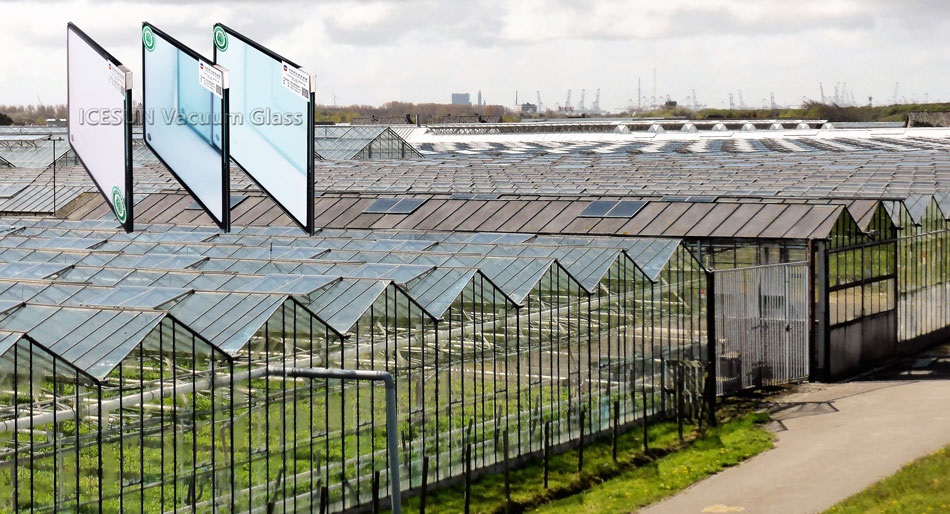 |
How much land can be contaminated by an abandoned battery? How much water?
If a battery on the ground rots in the ground, toxic substances can make one square meter of land useless, and throwing a button cell into the water, the toxic substances contained in it will cause pollution of 600,000 liters of water. Equivalent to the amount of water used by a person for his entire life. When can we abandon these pothole batteries?
Researchers at the Georgia Institute of Technology and the University of Maryland recently claimed that they have developed a 100% "green" battery, which is not the same as our common solar cell - a super environmentally friendly solar cell made of trees. This battery is "useless".
In fact, conventional solar cells are not environmentally friendly. Bernard Kippelen, head of the Organic Photonics and Electronics Technology Center at Georgia Institute of Technology, explained that although conventional solar cells can use solar energy to generate clean energy, the batteries themselves cannot be recycled and reused. Humans are only reducing fossils. The dependence of fuel, but at the same time it consumes other resources, before the birth of this revolutionary battery, it is no different from the Western Wall demolition of the Western Wall.
Ordinary batteries contain heavy metals such as cadmium, lead, and mercury, and heavy metals in used batteries are the culprits of pollution. Researchers believe that to completely change the problem of battery pollution, we must replace the carrier of electrical energy. Since the working principle of solar cells is similar to photosynthesis of plants, why can't we directly use plant fibers to make batteries?
After the screening of thousands of materials, the researchers developed a cellulose nanocrystalline (CNC), which requires only the organics that make up the solar cell to be built into this structure to form a simple plant cell. Since this is also a biodegradable material, the battery can dissolve itself in warm water. "The material produced is the plant itself. There are inexhaustible organic matter of light energy here. After the battery is used, it can be decomposed on its own and is 100% environmentally friendly. This is the true green technology." The researchers proudly stated.
At present, this new type of battery can convert 2.7% of the plant's light energy into solar energy. The conversion rate is among the highest among organic materials, but it is still far inferior to conventional solar cells (in all types of solar cells, the highest photoelectric conversion efficiency Single crystal silicon, up to 24%). In addition to the lower conversion rate than conventional solar cells, another problem faced by this new type of solar cell is its adaptability to the environment. Since the raw materials of these new types of batteries are degradable, it is probable that a heavy rain will completely destroy the battery products. Drop it. In response, researchers at the University of Maryland have worked hard on the environmental adaptability of batteries. The researchers used nanotechnology to draw materials from the yellow pine, apply a tin film on the wood fibers, and use sodium instead of lithium in conventional batteries. This produces a battery that is thinner than paper and can also be used to provide a degree of water resistance. "Function, thereby increasing the battery's adaptability to the environment."
In fact, if these new batteries can be formally put into the production line, it will also improve the health of the workers. Conventional solar cells, especially single-crystal silicon solar cells with the highest photoelectric conversion efficiency, emit silicon as a waste material in the form of chlorine-based gas compounds during the production process. Workers who frequently contact silicon are also susceptible to “silky lungsâ€. "This kind of occupational disease, and this type of solar cell made of trees, the workers do not have to worry about the pollution problem. However, when will this cell battery be available? R&D personnel say that their next goal is to increase the conversion rate to double digits. If the research progresses smoothly, the battery will be officially launched in 5 years.
Energy saving glass greenhouse refers to a greenhouse with building glass as daylighting material, which belongs to a kind of greenhouse. In cultivation facilities, Thermal Insulation Vacuum Glass greenhouse, as a form with long service life, is suitable for use in a variety of regions and various climatic conditions. Tempered vacuum glass not only has excellent characteristics of energy saving and heat insulation, sound insulation and noise reduction, avoiding condensation, but also has the advantages of high strength and wind pressure resistance, which makes Chinese glass deep-processing aquatic products go to a higher level and take the lead in the world, making vacuum glass a high-quality product of intelligent greenhouse work at the present stage. By using ICESUN Safety Vacuum Glass, 15 precision designed optical films introduce the light waves required for photosynthesis indoors, isolate the ultraviolet and infrared harmful to plants outdoors, and do not lose indoor heat. The transparent greenhouse( vacuum glass for greenhouse) is warm in winter and cool in summer, and the energy consumption is greatly reduced.

Vacuum Glass For Greenhouse,Tempered Vacuum Glass For Agricultural Greenhouse,Glass For Agricultural Greenhouse,Vacuum Glass For Agricultural Greenhouse
ICESUN VACUUM GLASS LTD. , https://www.icesunvacuumglass.com
![<?echo $_SERVER['SERVER_NAME'];?>](/template/twentyseventeen/skin/images/header.jpg)